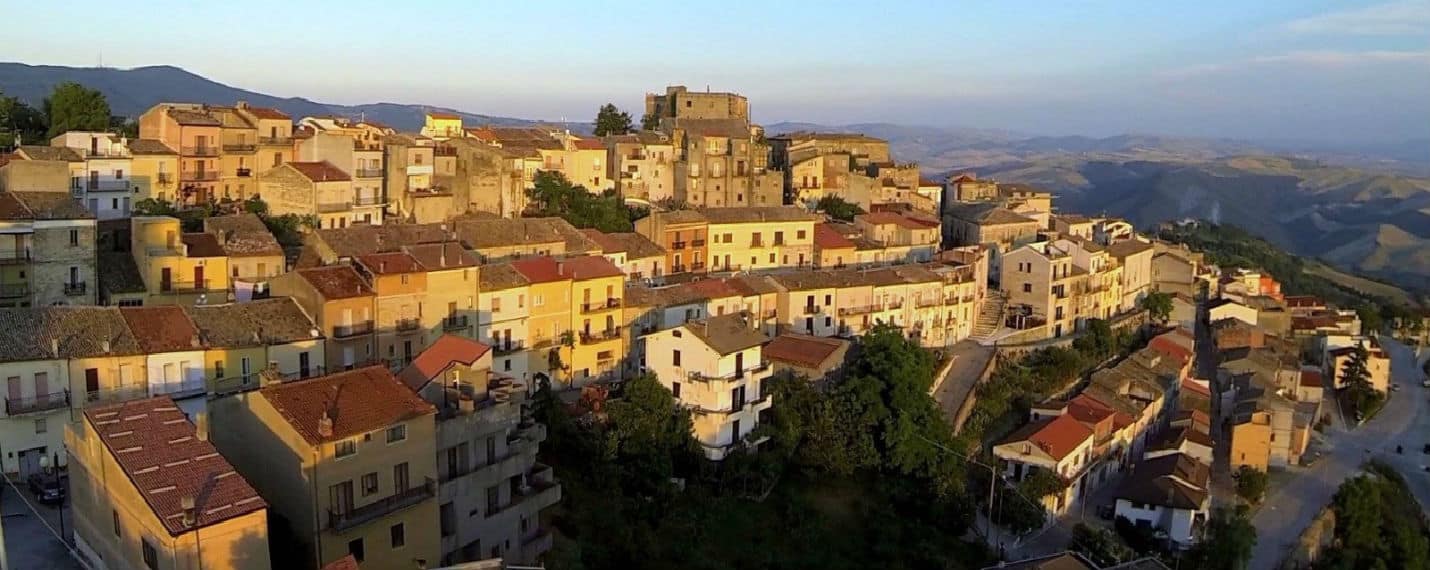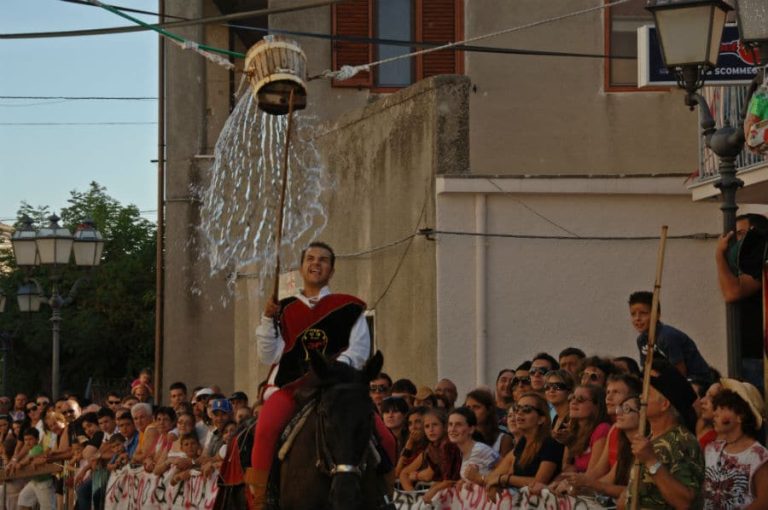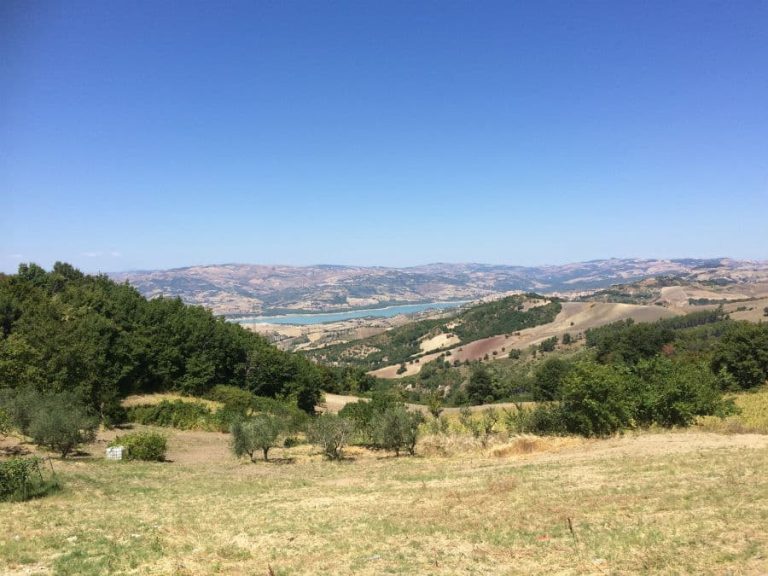the village of San Marco la Catola was founded by some veterans of the sixth crusade. An ancient tradition tells that in 1228 Federico II, the supreme head of the sixth crusade, after the conquest of Jerusalem, freed many Christians made prisoners in previous crusades; several of them followed the king in Puglia, and, with your permission, stood on the hill where now stands the country, building, in addition to their homes, even a small church dedicated to the evangelist San Marco.
According to official documents, in 1369 the queen Giovanna I of Naples revoked the exemption from taxs of which the inhabitants of San Marco had hitherto benefited. In 1441 Alfonso I of Aragon entrusted the country to Leone di Sant'Agapito, coming from a noble family of Lucera. In 1505, with the marriage between Midea of Sant'Agapito and Carlo Gaetano, the feud passed to the family Gaetani d'Aragona. In 1637 Francesco Gaetani d'Aragona was appointed the first duke of San Marco. When Violante Gaetani, last descendant of the family, who had inherited the fief, married Pompeo Pignatelli, brought a dowry in the feud of San Marco. The Pignatelli maintained the feudal until the eversion of feudalism (1806). In 1821 Giovanni Pignatelli ceded the properties of the palazzo ducale for 1000 Ducati, and also sold the land of his property in the countryside of San Marco.
Starting from 1860 and 1863 the surrounding territory San Marco was affected by the phenomenon of brigandage, so to induce the Government official responsible, Lieutenant Colonel Fantoni, to adopt in January 1862 a decree of interdiction of the woods of San Marco and the surrounding municipalities of citizens who were unable to work or pass through. On 22 October 1863 in a gunfight with the mobile guard was wounded and captured the bandit Titta Varanelli, which was then shot in piazza and left for two days to admonition of the population.
Certainly deserve a visit the Sanctuary of the Madonna of Josafat and the castle, also called Palazzo Ducale.




